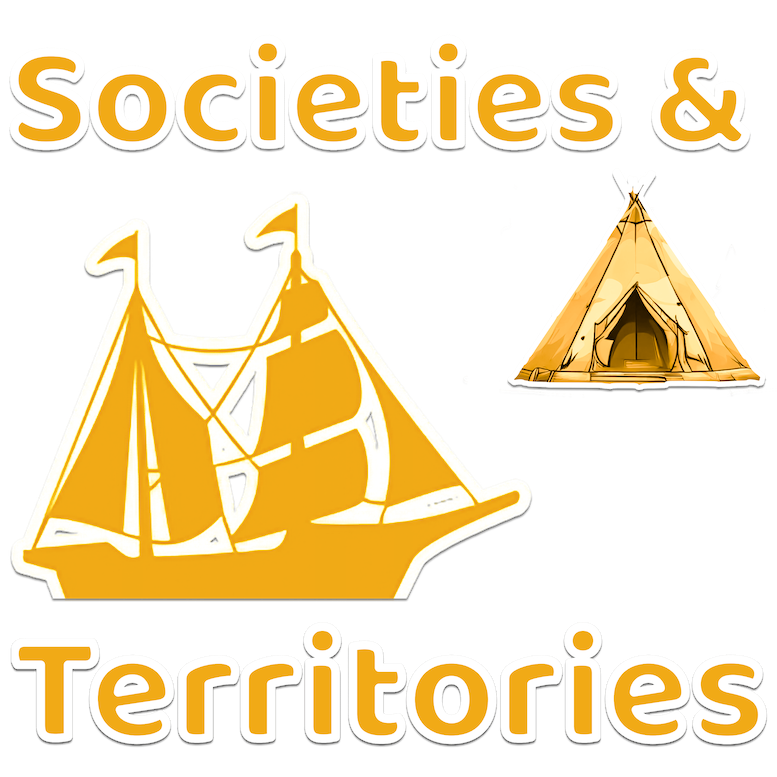Since transportation at the time was limited to walking, snowshoeing and canoeing, it’s hard to imagine that the Indigenous peoples of the different nations were able to travel long distances to tradeTrade is when we buy, sell, or just exchange goods (things, foods, etc.) or services (helping… goods. And yet they did travel far, even in the 1500s.
Materials and resourcesResources are anything taken from the earth or nature that people need, use, and are “valued”…. were different, according to the region inhabited by each different nation. By trading, each nation was able to obtain the goods and resourcesResources are anything taken from the earth or nature that people need, use, and are “valued”…. they could not find or make on their own territoryA territory is an area of land, or sometimes of sea, that we can say “belongs”…. For example, the Wendat could tradeTrade is when we buy, sell, or just exchange goods (things, foods, etc.) or services (helping… the corn they grew in large quantities for dried fish from the Algonquins. In this way, every nation benefitted.
Want another example? When Jacques Cartier took Donnacona to France in 1535, he noticed that the chiefChiefs Definitions: The leaders of the clans and tribes were called chiefs. These men were elected… had a copper knife. But copper was not found in the Québec City region where the chiefChiefs Definitions: The leaders of the clans and tribes were called chiefs. These men were elected… lived. In fact, there was only one place where copper was found: near Lake Superior. Look at the distance between Lake Superior and Québec City on a map; you’ll notice that they are very far apart. So how did the St. Lawrence Iroquoians obtain copper objects? Through a network of trades.
Trading usually took place in the summer, when it was easier to travel long distances. These were times of celebration for Indigenous peoples. Nations that belonged to a confederationThis is a group of people or nations or tribes or provinces that form an “alliance”…., like the Huron and the Five Nations, made trading easier.
Did you know?How do we know that nations traded products?
Archaeologists have found artefacts made of materials from very distant places. These artefacts date back to before the arrival of the Europeans. This means these materials and objects must have been transported over great distances.
AuthorAuthor – A person who writes something Auteur – Une personne qui écrit quelque chose: Service national du Récit de l’univers social








